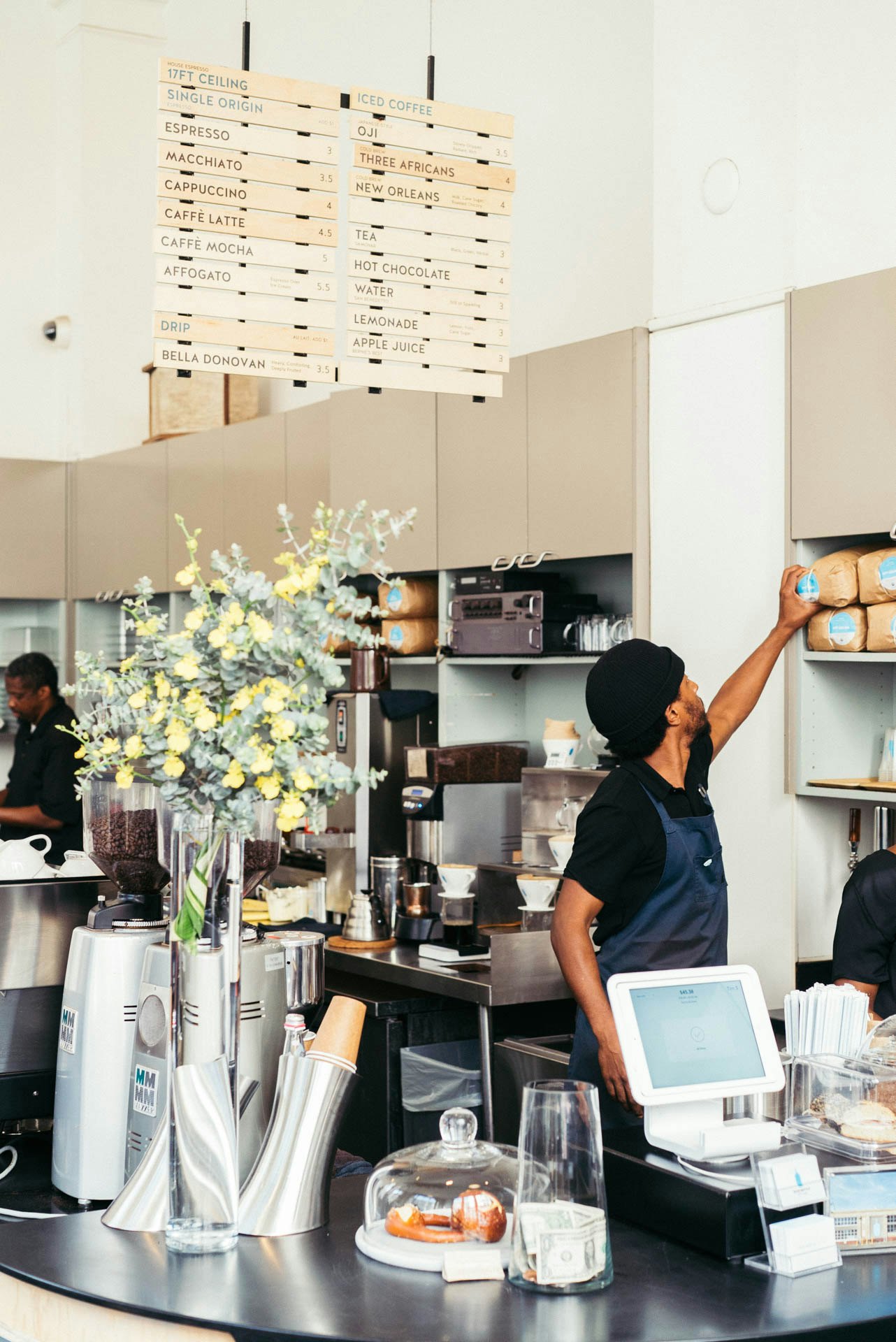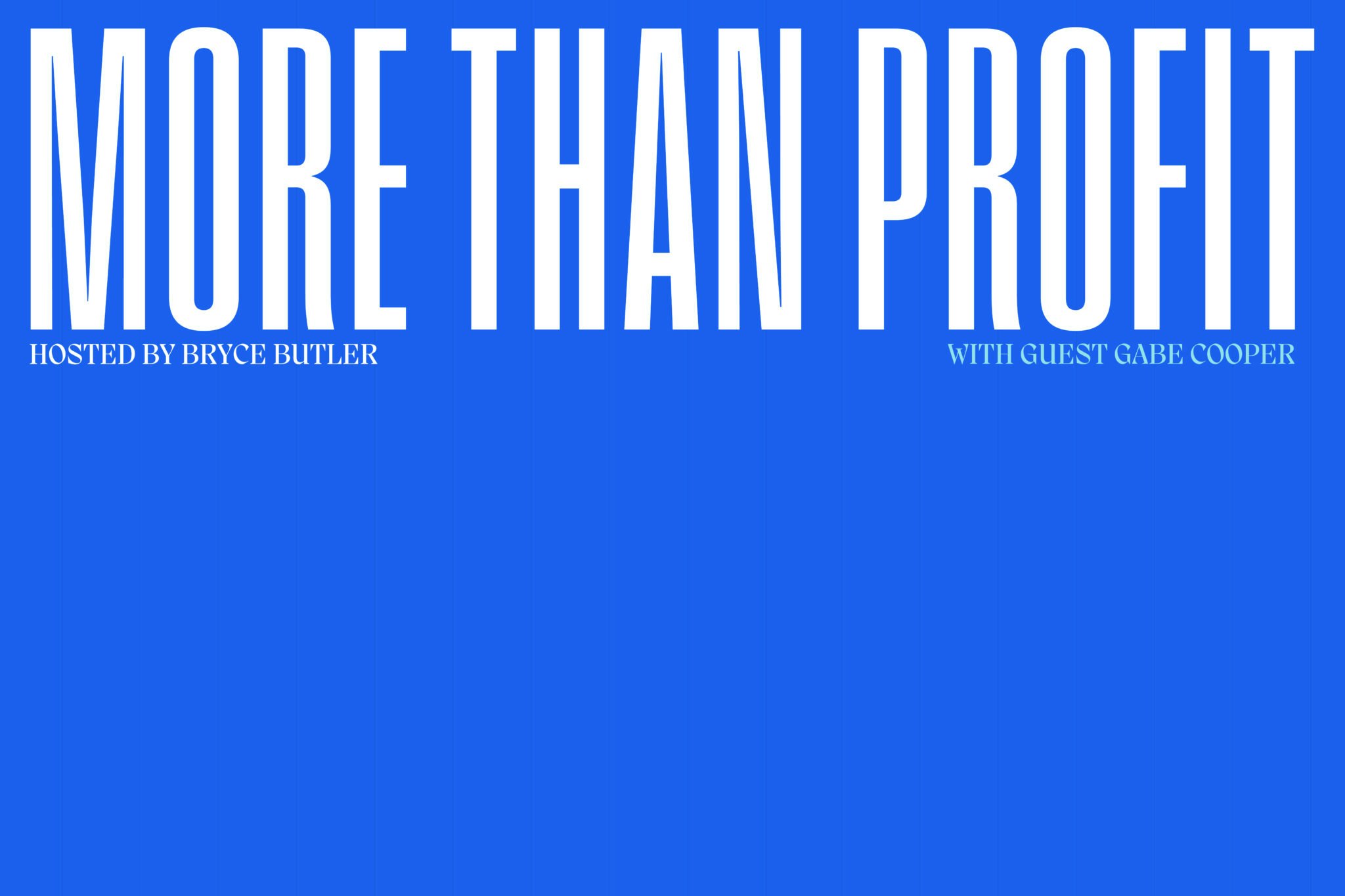The Paid Time Off Privilege
“I’m too broke to get sick” is a phrase I have heard muttered before. Typically this is a snarky commentary on the high price of receiving medical treatment. However, the statement takes a different meaning when you consider the non-healthcare costs of being sick, particularly lost wages.
Imagine you are one of the 20% of Americans that is affected by the flu yearly, but you’re a lucky one that doesn’t need to be hospitalized. You are fortunate enough to be miserable in a quarantined room in your house for the week instead of the hospital. Next, imagine you are one of the 28% of Americans that does not have paid time off from work. Ouch! Sick and you miss out on a paycheck! Finally, imagine you are one of the 46% of Americans that cannot come up with $400 in an emergency. This situation goes from unpleasant to catastrophic very quickly.
The imaginary scenario described above is an unfortunate reality for millions of lower wage workers in the US, and it presents a moral hazard that extends to all of us. Should you go to work with a contagious condition in order to avoid financial ruin? Or should you stay home and consider which items you can sell so that you can miss work? According to the American Public Health Association the first option can be deadly: “During the 2009–2010 H1N1 pandemic alone, an estimated 7 million additional individuals were infected and 1,500 deaths occurred because contagious employees did not stay home from work to recover.

Given the impact these paid time off (PTO) benefits have on society as a whole, what have we been doing about it? While in office, President Obama advocated for greater benefits for all employees and even signed an executive order that required all contractors to offer PTO to their employees otherwise they would not be awarded a government contract. It is estimated that this order led to benefits extended to 1.5 million additional Americans.
Even with pressure from Washington, how come PTO benefits are not available to millions of workers? Most employers point to the economics of their business and the need for production from their labor dollars to stay alive. To speak to this concern, we must first understand the nature of it. Most operators think they have only two ways to improve their profit: increase revenue or decrease cost. Not offering PTO is an easy way to keep your costs down, especially if no one else in your industry offers it. This is why more than 50% of the workers in the restaurant industry do not have PTO. Why offer it if the coffee shop down the street doesn’t?
Profit Seeking
This conventional wisdom is addressed by studies that show PTO benefits lead to increased employee retention. So, how does increased retention speak to the belief that profit margin is generated by increased revenue and/or reduced expense? Higher retention (or lower turnover) on average leads to greater productivity, which in turn allows a business to grow revenue and reduce cost at the same time.
On the revenue side, the productivity of an existing employee is 1.5-2.0x the productivity of a new employee. This gap can be covered, but it typically takes 1-2 years on the job before production levels are match. What does this mean for the employer? If you are in a service-based business, the more productive the employee the quicker the service is rendered, which allows your company the ability to earn more revenue on a given day.

In addition to productivity gains, revenue can grow through a greater confidence of staffing predictability, which remains a byproduct of higher retention. Knowing there is a staffing base to pull from, the employer is able to schedule more opportunities to earn revenue.
On the expense side, the higher rate of productivity leads to a higher gross profit margin which means you earn more profit on each service rendered because there are less hours tied to the job. On the flip side, turnover will negatively impact your profit margin as you have more hours associated with the job until a new employee reaches similar productivity levels as their predecessor.
Furthermore, retention rates reduce the cost of turnover for the organization. Some estimates say the cost of replacing an employee is upwards of 20% their annual salary, which is more than the cost of extending PTO benefits.
Abstraction
Of course, economic concerns may not be the only factor at play when considering the lack of PTO benefits. I believe abstraction plays a role in the decision as well. The concept of abstraction simply reflects a separation between workers and managers, which obscures the potentially numerous operating and strategic benefits for an organization as leaders may see the road ahead and the obstacles a company may face. Abstraction can create a void of empathy which can obscure the real-life trials an employee may face.
Why do I think abstraction plays a role? If we look at the Bureau of Labor Statistics reporting on paid leave by position type, we can see that administrative and professional roles have much higher rates of paid leave than those of employees working in field operations or service. Throughout my career I have participated in numerous benefit decisions and the reality is that decision makers consider their needs while crafting the overall benefit set. This is human nature and driven from the tension we all feel between work demands and life demands. These tensions are then adjusted to encompass the needs of individuals within their circle of interaction, however abstraction leaves many needs unaddressed.
Higher retention leads to greater productivity, which in turn allows a business to grow revenue and reduce cost at the same time.
Human-Centered Growth
I believe companies should reconsider their benefit structure and reframe the goal from an emphasis on limiting expense to honoring people and promoting the long-term health of their organization. There are numerous examples of companies with counter-cultural benefits that have outperformed their rivals.
If you look at Sam’s Club and Costco side-by-side, which store provided a better in-store experience? Did you know that Costco has been fiercely loyal to employees since its founding? In fact, despite being publicly traded and routinely pressured to improve profitability, they have only closed one store in their history. By comparison, Sam’s Club is closing 63 locations this year alone!
Regardless of your position on the above mentioned items, the benefit decision is an important one. I encourage you to let the process be driven from a lens of investing in the long term potential of the men and women you employ.



